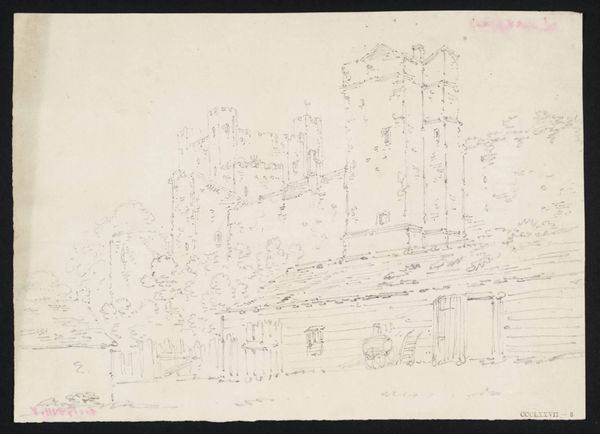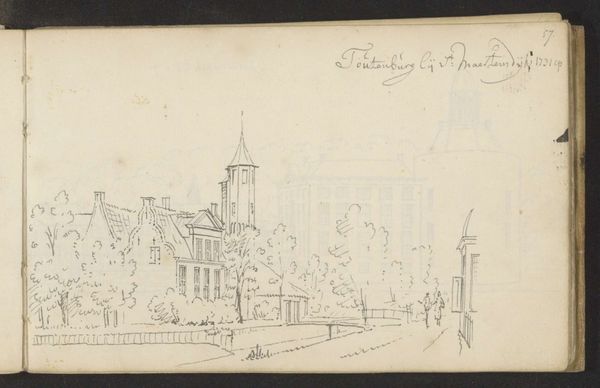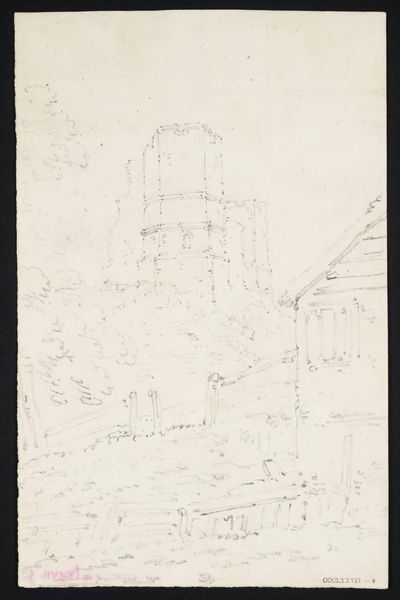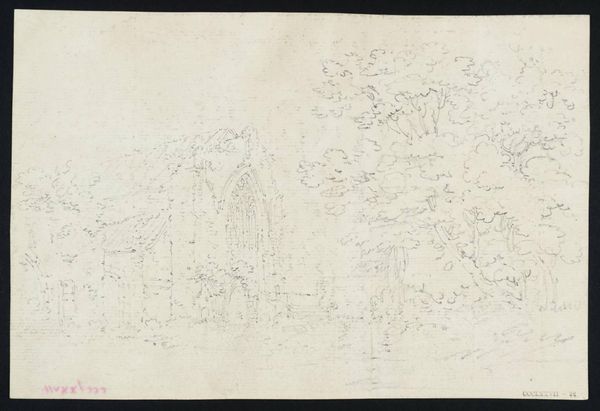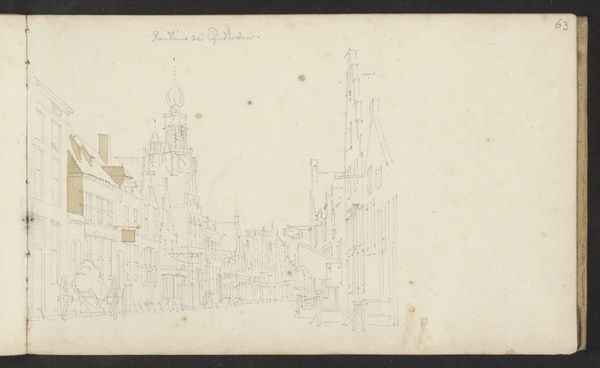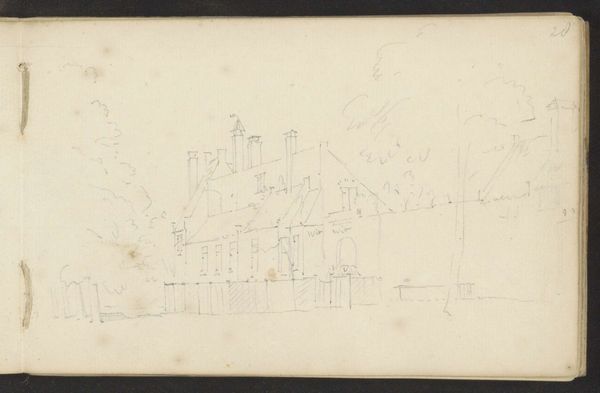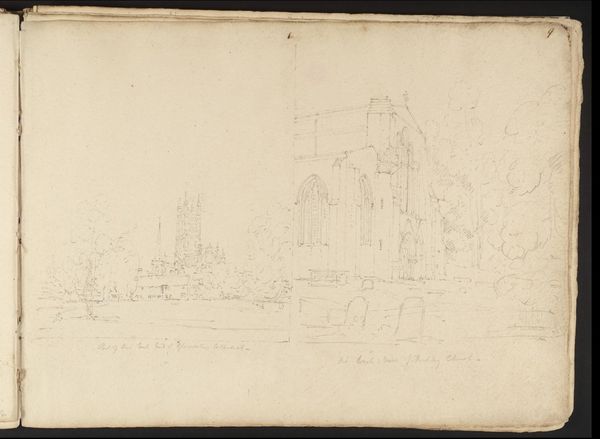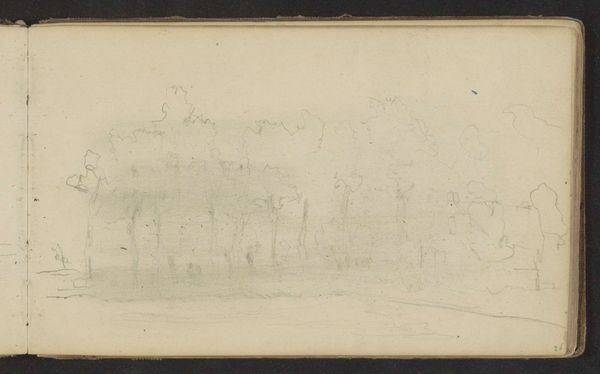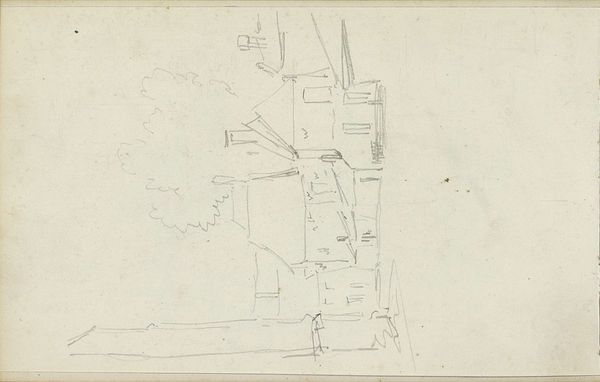
drawing, pencil
#
drawing
#
aged paper
#
script typography
#
dutch-golden-age
#
sketch book
#
hand drawn type
#
landscape
#
hand lettering
#
personal sketchbook
#
hand-drawn typeface
#
fading type
#
pencil
#
sketchbook drawing
#
genre-painting
#
sketchbook art
Copyright: Rijks Museum: Open Domain
Cornelis Pronk sketched this view of Veghel in pencil sometime in the first half of the 18th century. Drawings like this were not conceived as autonomous artworks. They were working documents, created to be turned into prints or to serve as the basis for larger, more elaborate paintings. Holland in the 1700s was a highly urbanized society. The economic and political power of the Dutch Republic was concentrated in its cities. But Dutch artists found ways of depicting rural life that were closely tied to a sense of national identity. The careful depiction of local architecture, here, suggests a certain pride in the unique character of the region. To properly understand the image, we need to research the histories of Dutch printmaking, of the art market, and of local and national identities in the Netherlands. Art is always rooted in specific social and institutional conditions.
Comments
No comments
Be the first to comment and join the conversation on the ultimate creative platform.
